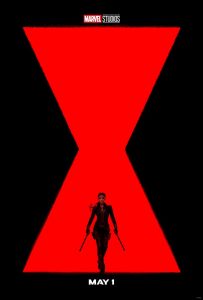 I have only a handful of thoughts about Black Widow, I think because it’s been in a holding pattern for so very long. I know practically nothing about the next several movies, and I’ve known practically nothing about the onslaught of Marvel TV shows, but this one: it’s just been hovering in the atmosphere, out of sight but you knew it was there. It’s had to be there, somewhere, for just years now.
I have only a handful of thoughts about Black Widow, I think because it’s been in a holding pattern for so very long. I know practically nothing about the next several movies, and I’ve known practically nothing about the onslaught of Marvel TV shows, but this one: it’s just been hovering in the atmosphere, out of sight but you knew it was there. It’s had to be there, somewhere, for just years now.
As imdb sparsely has it: “A film about Natasha Romanoff in her quests between the films Civil War and Infinity War.” And it is definitely that. It’s the best kind of retcon, where you can look at it from every angle, and it just fits.[1] It has a well-realized version of a villain that I would not have expected to work, it has a solid dynamic between every character, and it has… well, okay, the plot was fine, at best.
The thing is, the movie is not about its plot, and is instead about its characters. It’s a love letter to the Black Widow, in the midst of a film about what family means. There simply haven’t been many quiet, homey movies in this series, and maybe there should have been? I like about the comics that you always eventually get to see the characters on their days off, and this was like that, even though there were like two huge set piece fights and several more small set piece fights.
Not that you asked, but I also think I’ve talked myself into liking this better as a retcon than maybe I would have had it come out in sequence between other movies as indicated by its place in the timeline. It just works better retrospectively, I think?
And finally, in response to a lot of talk I’ve seen along the lines of “too little too late”: a) I will definitely not argue about too little. I think that Winter Soldier was always halfway about Natasha, and while I won’t defend her taking this long to get a movie, I do think her character got solid development over the course of this long series of movies. (Way more than, say, her non-powered counterpart Hawkeye.) But intent matters, and visibility matters, and she never got much. b) I will 100 percent argue about too late, though. In addition to my thoughts above that this maybe plays better here as a retcon in the first place, I also solidly reject the idea that it can be too late to care about something, or to do the right thing.
Very very lastly: IMAX is still pretty cool. People buying tickets adjacent to ours, however, is wildly uncomfortable. I think I’ll have to find emptier theaters or stricter policies, now that I’ve experienced that misery.
[1] Well. The coda that was designed solely as “and then she re-entered previously established canon” was about as forced as I made it sound just now. But otherwise!
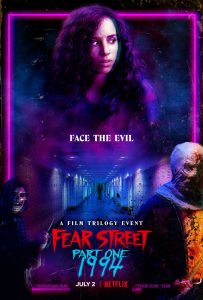 As I sit waiting for Office 365 to install on my work machine, I find myself with time[1] to squeeze in the first review of the Fear Street trilogy, which I watched last night. This is good, because I’m out to the theater tonight, and if I don’t review now, I’ll be behind.
As I sit waiting for Office 365 to install on my work machine, I find myself with time[1] to squeeze in the first review of the Fear Street trilogy, which I watched last night. This is good, because I’m out to the theater tonight, and if I don’t review now, I’ll be behind.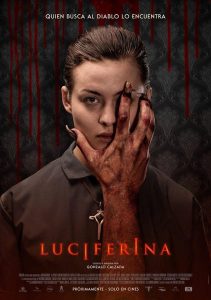 I know what you’re thinking. You’re thinking, I haven’t seen enough Argentinian nunsploitation trilogies lately, and I sure do want to get in on the ground floor of a new one! Well, with the caveat that since it’s ground floor, it’s not provable that the whole trilogy will be nunsploitative, of course.
I know what you’re thinking. You’re thinking, I haven’t seen enough Argentinian nunsploitation trilogies lately, and I sure do want to get in on the ground floor of a new one! Well, with the caveat that since it’s ground floor, it’s not provable that the whole trilogy will be nunsploitative, of course.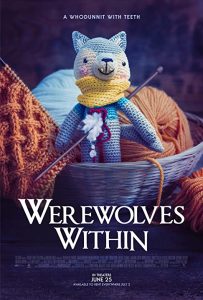 You know that party game The Werewolves of Miller’s Hollow (later by another company just Werewolves), where the players are divided into werewolves and villagers, and the werewolves are eating people and the villagers have to decide who the werewolves are? If you don’t: it’s pretty cool.
You know that party game The Werewolves of Miller’s Hollow (later by another company just Werewolves), where the players are divided into werewolves and villagers, and the werewolves are eating people and the villagers have to decide who the werewolves are? If you don’t: it’s pretty cool.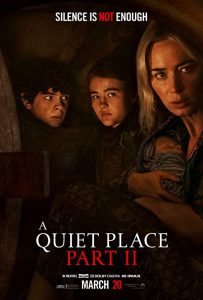 I have it on good authority that the best way to make a horror movie sequel is to make the same movie again. cf Evil Dead II, or Halloween II[1], or Friday the 13th Part 3: 3-D, to name a few. I mean, this only works with good horror movies, but it’s okay: I liked
I have it on good authority that the best way to make a horror movie sequel is to make the same movie again. cf Evil Dead II, or Halloween II[1], or Friday the 13th Part 3: 3-D, to name a few. I mean, this only works with good horror movies, but it’s okay: I liked 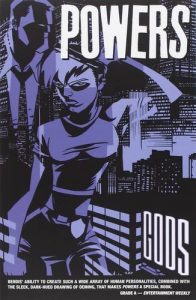 This is the last book in the Powers series!
This is the last book in the Powers series!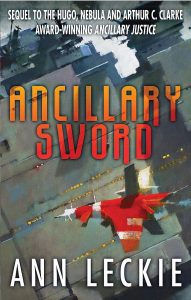 Look at me, cleaning up my partially-read series backlog. Woo! But also, it’s nice in this case because I still remembered at least a little bit of
Look at me, cleaning up my partially-read series backlog. Woo! But also, it’s nice in this case because I still remembered at least a little bit of 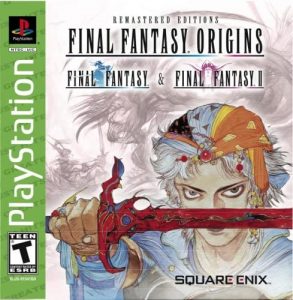 Sixteen years ago, somehow, I played
Sixteen years ago, somehow, I played 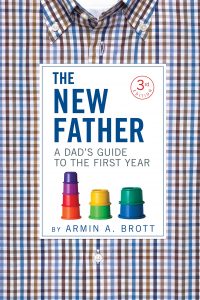 I cannot decide whether it’s weirder to be reading non-fiction, or to be reading a book gradually over the course of a year. Both are pretty weird! Like, maybe histories would be less weird? History is just non-fiction with a plot and a throughline. Although I guess a book about what to expect over the course of a year of childhood growth is almost that too? But histories have characters, which this does not, super-disgusting anecdotes about mistaken pumpkin puree notwithstanding.
I cannot decide whether it’s weirder to be reading non-fiction, or to be reading a book gradually over the course of a year. Both are pretty weird! Like, maybe histories would be less weird? History is just non-fiction with a plot and a throughline. Although I guess a book about what to expect over the course of a year of childhood growth is almost that too? But histories have characters, which this does not, super-disgusting anecdotes about mistaken pumpkin puree notwithstanding.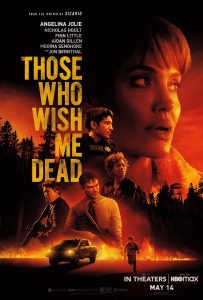 Warner Bros.’ simultaneous release schedule between theaters and HBOMax is good for seeing new movies and not getting Covid, as everyone knows. But what you may not know is that it’s also good for seeing movies that you would have never quite convinced yourself to make it to the theater to see, and then have forgotten to look for by the time they finally released to a streaming service.
Warner Bros.’ simultaneous release schedule between theaters and HBOMax is good for seeing new movies and not getting Covid, as everyone knows. But what you may not know is that it’s also good for seeing movies that you would have never quite convinced yourself to make it to the theater to see, and then have forgotten to look for by the time they finally released to a streaming service.